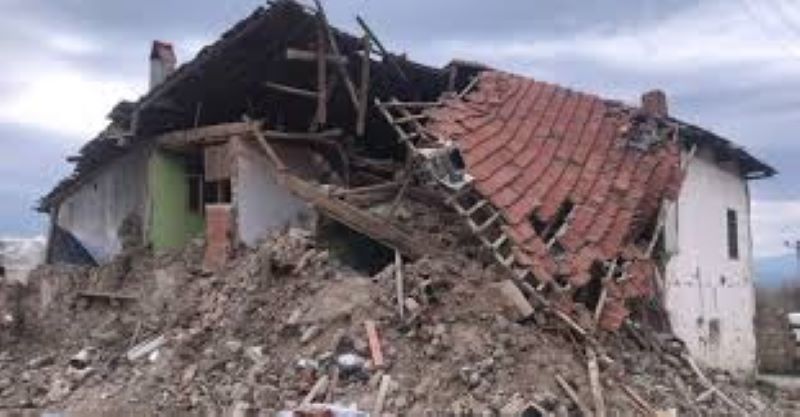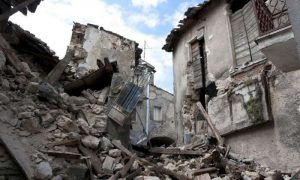Are we really afraid of earthquakes?

Saurabh Tankha
Five earthquakes. 47 days. The one that shook Delhi-NCR last night (May 29, 2020) was the strongest one at 4.5 on Richter Scale and the first medium intensity earthquake. The rest four fell in the low intensity category. Not many got to know but seismologists confirmed another lower intensity quake of magnitude 2.9 occurring at the same location (Rohtak in Haryana) around 52 minutes later yesterday.
But why so many earthquakes, one after the other? Is all well?
“There are two theories related to earthquakes. One that earthquakes with lesser intensity release the energy from the earth’s crust and do not let the bigger ones strike. The second, these smaller ones indicate the arrival of a bigger one,” says Dr Anand Sharma, Deputy Director General of Meteorology at India Meteorological Department and Head (Northern India). However, he adds, that it is not possible to predict an earthquake.

But why can’t we do so? “The National Centre for Seismology (NCS) has plans to dig a deep hole, around half-a-km, into the earth’s crust, somewhere in Maharashtra. They plan to place instruments to keep a tab on the activities taking place under the surface of the earth. The data will, thereafter, be analysed,” he says. Moreover, adds Dr Sharma, Delhi lies in Seismic Zone IV and the Himalayan region is in Zone V. “These are earthquake-prone regions and history tells us that bigger earthquakes have time and again occurred here so, one cannot rule out of an earthquake hitting us. When is anybody’s guess?” says Dr Sharma.
He advises that in Seismic Zones IV and V, one needs to be better prepared, especially with respect to the construction of homes, offices and educational institutions. All these structures should mandatorily be earthquake-resistant as it is in Japan, he says so that in case, if they get hit by a 6 or 7 Richter scale earthquake, nothing happens. “The foundations there are rubberised, plus there are regular drills. In India, most people react by saying – Arre earthquake aaraha hai, earthquake aaraha hai and not do anything,” says Dr Sharma.
Dr Sharma also draws our attention towards the large-scale construction in Noida-Greater Noida in the Yamuna catchment belt in Delhi-NCR. “These are highly earthquake prone areas, with most buildings being multi-storeys. No one knows if the builder was kind enough to construct earthquake-resistant structures or not,” he says in a worrisome tone, adding, “The attitude and approach has been casual when it comes to safety in our country. Everyone thinks if we need to create an earthquake-resistant structure, the costs will escalate. They want to save money and not worry about their safety.”
He cites the Supreme Court order on earthquake safety vide its judgment dated December 5, 2014, on a public interest litigation which states that the National Disaster Management Authority (NDMA) should undertake a public awareness campaign on a national basis through print and electronic media. It states that all buildings housing more than 100 persons and all multi-storey buildings with more than five storeys, both new and old should have an engraved metal plate mentioning the earthquake-resistant category of the building. Advertisements of all realty projects should carry the earthquake-resistant category.
The DDG, Regional Meteorological Centre, feels the safety drill is equally important. “Unfortunately, there is no concept of a drill in our country. Most people will not even understand what a drill is? It should be made mandatory, people should be time and again educated about using the beams of their homes, furniture or doors to save themselves if an earthquake strikes and they cannot run out of their home,” he says.
Dr Sharma advises the existing weaker constructions should be retro-fitted so these are strengthened. And come whatever may, not allow unplanned construction anywhere in the country. “There should also be open spaces around high-rise buildings where one can run to, in case an earthquake occurs,” he says.



